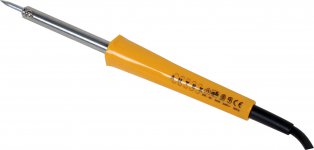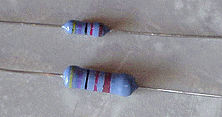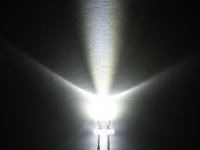parts/tools required:
leds:
now you want 3mm leds in ultrabright.
avoid maplin and lower output led's as these are not really suited
ive used these suppliers so these are trusted by me
http://stores.ebay.co.uk/phenoptix
http://stores.ebay.co.uk/Goodwill-Leds-Sales_W0QQsspagenameZL2QQtZkm
http://www.ultraleds.co.uk/(also does the bulbs for the instrument lights)
of course there are other sellers.
a seller of complete units on ebay is http://stores.ebay.co.uk/Crazy-LEDS
but why read the guide if your not doing it yourself
you can get diffused led's so you dont get a bright tip on the led however if need be you can sand down the tip of the led to frost the tip.
another method is to apply a little hot glue to the tip
a little info on led's so you know whats what if your reading up
leds have 2 legs,one of which will be longer.
anode is the positive leg and is usually longer
cathode is the negative and is shorter than the anode
if you want ot test an led or check which is the positive leg then use a flat watch battery
LED basics
heres a great resistor calculator which can even do circuit diagrams
- soldering iron:if your doing a little soldering i like this little antec one

- its not too hot and nice and light to work with.
- beware cheaper irons as they tend to run hot which can lead to problems for someone new to soldering
- wire cutters for snipping led legs if required
- a small sponge to clean the solder tip
- small flat bladed screw driver
- posi drive screwdriver
- resistors(if you plan on doing other led mods)

- 3mm leds

- optional if you solder more often
- tip cleaner
- flux
- desoldering braid/solder sucker
- hot glue gun
leds:
now you want 3mm leds in ultrabright.
avoid maplin and lower output led's as these are not really suited
ive used these suppliers so these are trusted by me
http://stores.ebay.co.uk/phenoptix
http://stores.ebay.co.uk/Goodwill-Leds-Sales_W0QQsspagenameZL2QQtZkm
http://www.ultraleds.co.uk/(also does the bulbs for the instrument lights)
of course there are other sellers.
a seller of complete units on ebay is http://stores.ebay.co.uk/Crazy-LEDS
but why read the guide if your not doing it yourself
you can get diffused led's so you dont get a bright tip on the led however if need be you can sand down the tip of the led to frost the tip.
another method is to apply a little hot glue to the tip
a little info on led's so you know whats what if your reading up
leds have 2 legs,one of which will be longer.
anode is the positive leg and is usually longer
cathode is the negative and is shorter than the anode
if you want ot test an led or check which is the positive leg then use a flat watch battery
LED basics
heres a great resistor calculator which can even do circuit diagrams

